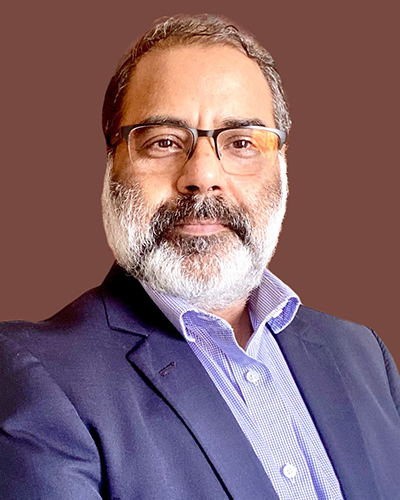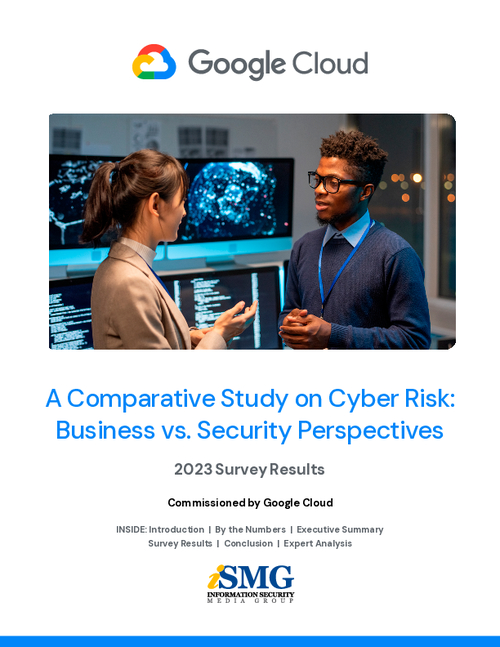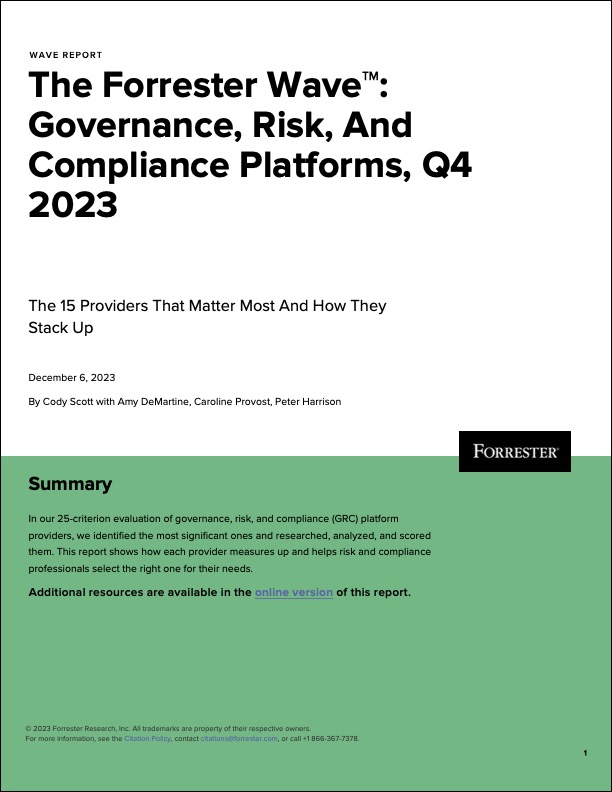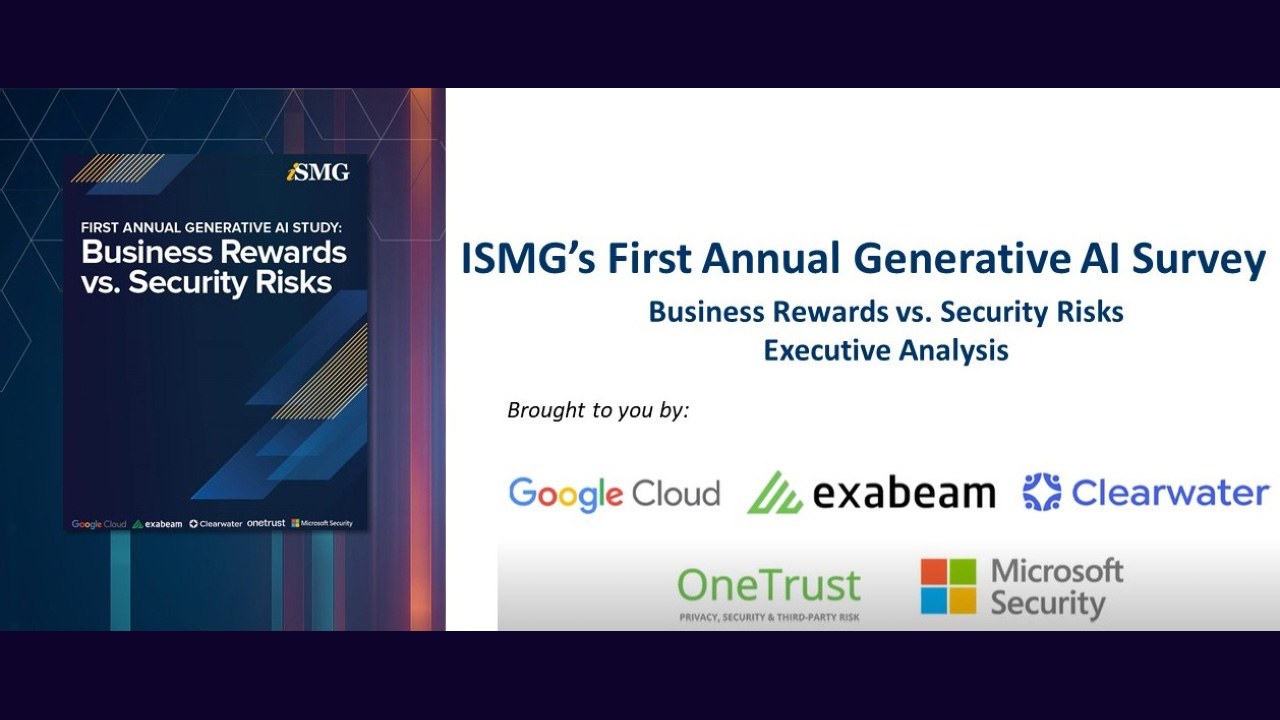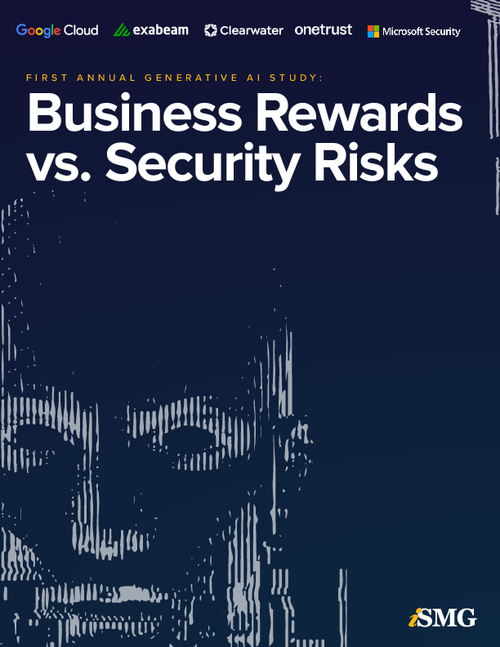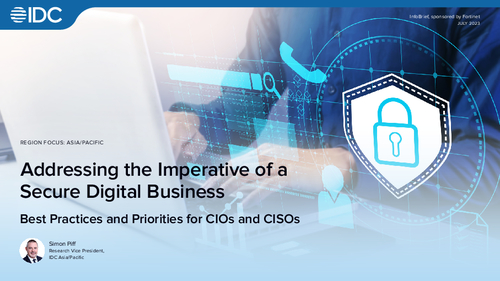CIO in a Catbird Seat Has to Be the Catalyst for Change
Harvey Koeppel Says CIOs Often Get Consumed With the Worries of Budget CutsThe unprecedented volatility caused by the COVID-19 pandemic tested the abilities of CIOs to turn situational transformation into an enduring business strategy. Contrary to common beliefs, most CIOs were successful in not only weathering the storm but also transitioning from reactive IT to proactive digital strategy.
See Also: IDC Whitepaper I The Business Value of Dell PowerFlex
In an organization, if there is any one C-suite executive that has a wider view of the business, it is the CIO. Therefore, it is imperative that they take the lead in not only adapting fast to the changing operating and business models internally but also leading innovations to elevate the experience of the customers and redefine the tech landscape for sustainable growth.
Harvey Koeppel, lead director of the Capstone Experience in the Education Entrepreneurship program at the University of Pennsylvania, shared insight on various issues. In his career spanning more than three decades, Koeppel held several leadership roles. He was the senior vice president and CIO for the global consumer group at Citi and an executive director at the Center for CIO Leadership (an IBM initiative).
The former CIO was optimistic throughout the 30-minute conversation. Quoting Charles Darwin, he says, "It is not the strongest species that survive, nor the most intelligent ones. Those who are adaptable to change, win the game."
The Changing Role of CIOs
As organizations face a competitive challenge in today's business environment, CIOs' strategies can work wonders for the growth of the business. What is important, however, is to quickly adapt to those changes. "It is no longer relevant to create a better understanding of the past to drive the future. CIOs need to be prepared to understand the real-time scenarios and take actions to maximize experiences for customers and stakeholders to drive value," Koeppel says.
There has been a massive shift in both business and operating models across the genres of industries. This includes changes in the organizational structure, roles and responsibilities, and even technologies. In addition, there will be modifications in the governance model to implement these changes at every layer. These new adaptations will influence the new definitions of business models.
The CIO is in a position of influence and advantage, and hence, needs to be accountable for the growth of the organization amid situational challenges.
"CIO is in a catbird seat. It is the CIO who has an end-to-end enterprise-wide view of what these models are, how they work, and what it takes to deliver customer experience amid the change in basic assumptions," Koeppel says.
Besides business and operating models, there are behavioral changes being noticed. The values and norms are also changing. "Those changing behaviors are implicitly or explicitly more defined by external forces than internal. Again, a CIO can be a vital link for the business."
Economic Recession and Challenges CIOs Face
We cannot turn a blind eye to the situational changes in an organization. According to Koeppel, the problem lies somewhere else. Everyone uses the term "digital transformation" but few understand what it means. Mostly, it is misunderstood as automation of existing processes or digitizing the front-end interface. "If the digital transformation is carried in its true sense, it can be used not only for insulating the company from downturns such as recessions, but also for thriving in the unique environment. In the digitally transformed world, the defined targets for any C-suite executive are getting more fluid. The goals are changing," Koeppel says.
For many years, the focus of CIOs has been on tasks and operations. This must transition to outcomes and effects. "The sooner we leave the 'rigid regime' of following the processes, the better it is to achieve the intended results."
Another factor to beat the odds is to move away from the age-old adage of hierarchical command and control. The new world is different. It is facilitated by peer-to-peer communication and collaboration. Even the most rigid top-down organizations are forced to become flat and accommodate this change in pattern. "Communication with the customers is now more pervasive than it ever was in the past. The dependence on digital has made companies more responsive and transparent to customers. This will save them from being out of business," he says.
Koeppel, during this conversation, also highlights the role of IT governance and agile processes. He underlined the importance of the 80:20 rule, where the CIO must extract 80% of the value from a project with 20% work. "Free yourself from the frills, and focus on delivering what the customers need today. Continuously think where technology can add value to the customers. This will not only help in reducing the size of projects but also make them cost-effective. And, delivering on that 80% will also happen at a faster pace," he says.
Koeppel strongly advocates that CIOs should start thinking of self-funding innovation in situations where funds are difficult to come by. "CIOs often get too consumed with the worries of budget cuts and the first knee-jerk reaction is to halt new product development and innovation. That is a rapid race to the bottom. I strongly suggest CIOs work with CFOs to recapture some of the savings they would have made in the past and invest that into funding innovations. You can keep the budgets flat or even reduce them, and still deliver on great promises," Koeppel says.
CIO and Talent and Skills Gap
Scouting for good talent and training, upskilling and retaining them are industrywide challenges. Technology problems are relatively straightforward, but people-related issues are complicated.
Koeppel agrees that it is not easy and CIOs must make a quick move. "The first place to start is to thoroughly understand the emerging business and operating models and combine them with the application of modern technologies on various processes and functions. This will give you a clearer picture of where and how much skill sets are needed," he said.
It is also important to conduct a thorough analysis of gaps in the skill sets. CIOs must do a comparison of what they have versus what they would need. This will help in developing or upscaling the current inventory of skills and finding what skills can be hired from external sources. "Try this method: Get skills externally for projects that need immediate attention and are to be delivered soon, and work on training programs for the long haul. This also helps in providing the existing talent a growth path within the organization," Koeppel says.
CIO as a Revenue Creator
With everything changing, CIOs, more than ever, will be held accountable for the success of expensive projects and their exact outcomes. That is why they need to assume the role of change catalysts. To avoid criticism, CIOs should have an astute focus on leadership and innovation. "About time CIOs pay attention to softer skills, e.g., people management, mentoring, and communications. They can very easily automate the mundane table stakes and focus on larger organizational goals to continuously deliver on business values and revenue growth. They should constantly remind themselves that their reason for being in the role is to enable growth and challenge the status quo," Koeppel concludes.


